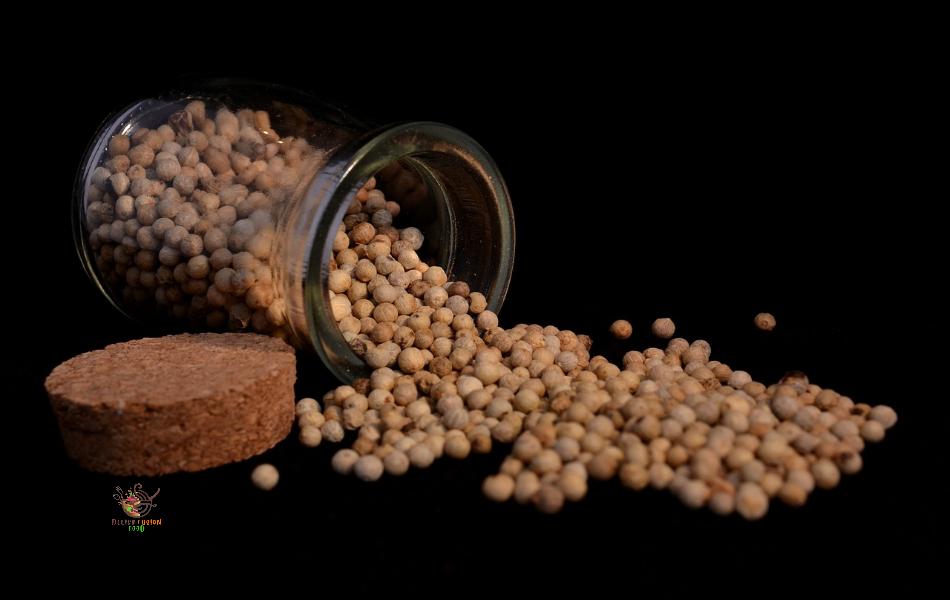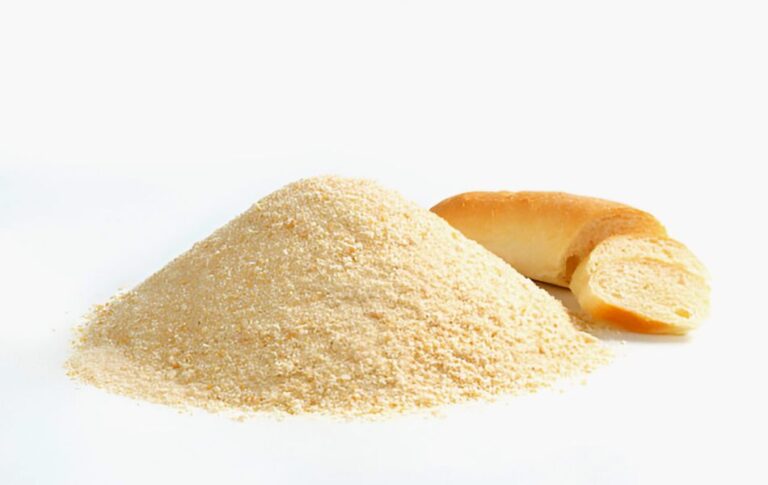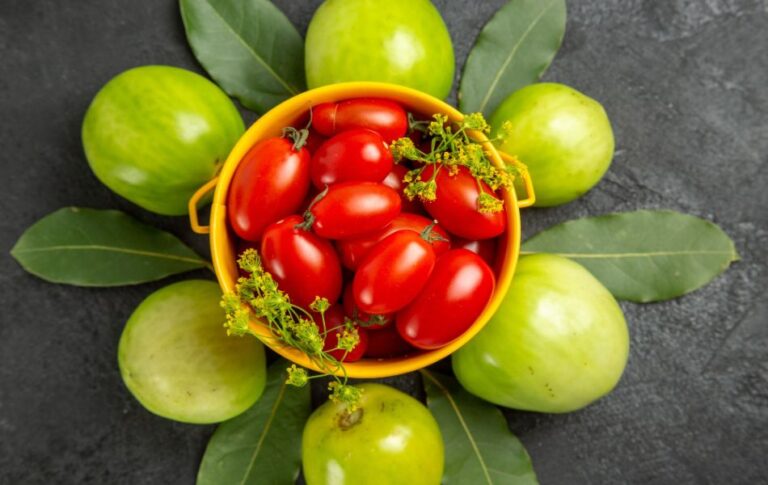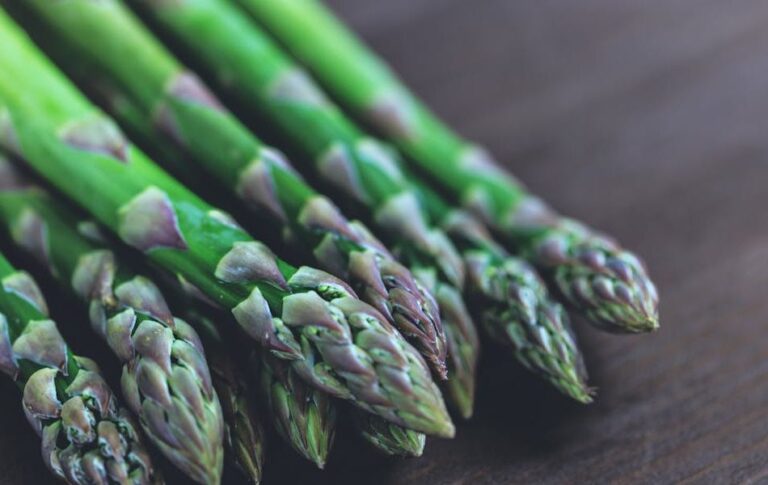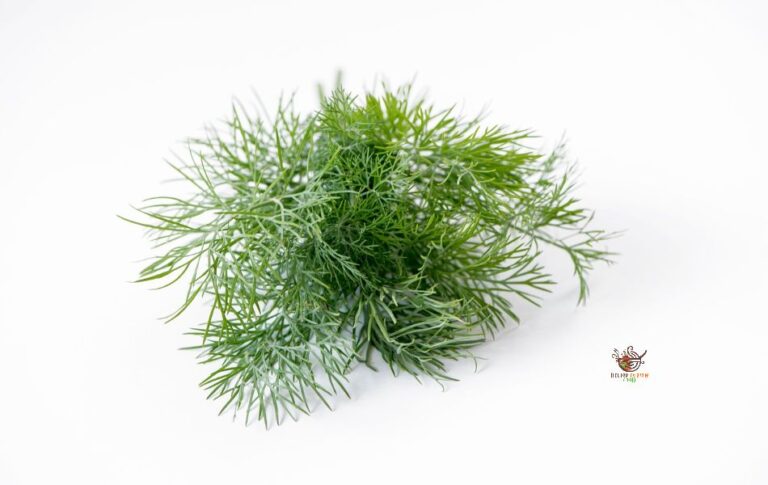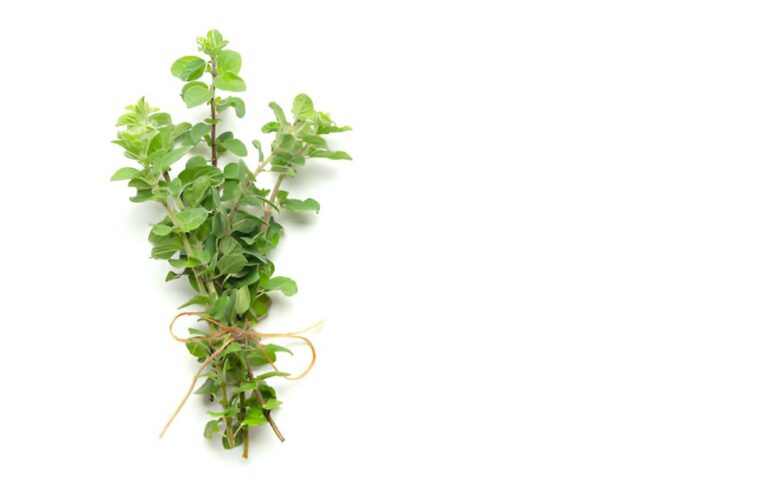11 Substitutes for White Pepper You Need to Know
No white pepper on hand? No problem! There are plenty of substitutes for White Pepper to use in your recipe. If you’ve ever come across a recipe that requires white pepper and wondered how it’s different from the more common black pepper, this guide is for you. It gives you a quick overview of white pepper and offers a list of handy substitutes. Whether you’re in a pinch or just curious, it’s good to know about this spice and what you can use in its place.
What is White Pepper?
Before we explore alternatives to white pepper, let’s first understand what it is. White pepper is essentially dried fruit from the pepper plant, much like black pepper. It’s commonly used in various recipes to enhance flavor, whether it’s in a fragrant jerk chicken marinade or a savory mushroom ragout.
Understanding the Taste and Uses of White Pepper
White pepper, ground from white peppercorns, is milder than black pepper. It’s used in light-colored dishes to avoid dark specks. French and Chinese cuisines often use white pepper, especially in meat marinades and soups like hot and sour soup. Cheese fondue and sauces like béchamel and vichyssoise benefit from white pepper, as black specks may be unappealing.
Fundamentally, white pepper provides flavor without the heat or color of black pepper.
Nutritional Composition of White Pepper
White pepper, commonly used as a culinary spice, offers a modest yet noteworthy array of nutritional benefits. In just a tablespoon, or approximately 7.1 grams, it packs a punch with 21 kilocalories of energy. While it’s not a significant source of macronutrients, it provides a hint of protein at 0.738 grams and a minimal amount of fat at 0.151 grams, alongside 4.87 grams of carbohydrates. Moreover, it contributes to your daily micronutrient intake with 18.8 milligrams of calcium, 1.02 milligrams of iron, 6.39 milligrams of magnesium, 12.5 milligrams of phosphorus, and 5.18 milligrams of potassium. Additionally, it offers a dash of vitamin C, delivering 1.49 milligrams in just one tablespoon.
Substitutes For White Pepper
1. Black Pepper or Black Peppercorns
Black pepper boasts a robust flavor and intense aroma compared to white pepper. While it may alter the appearance of your dish with its black flakes, it serves as a suitable substitute due to its comparable taste and spice profile.
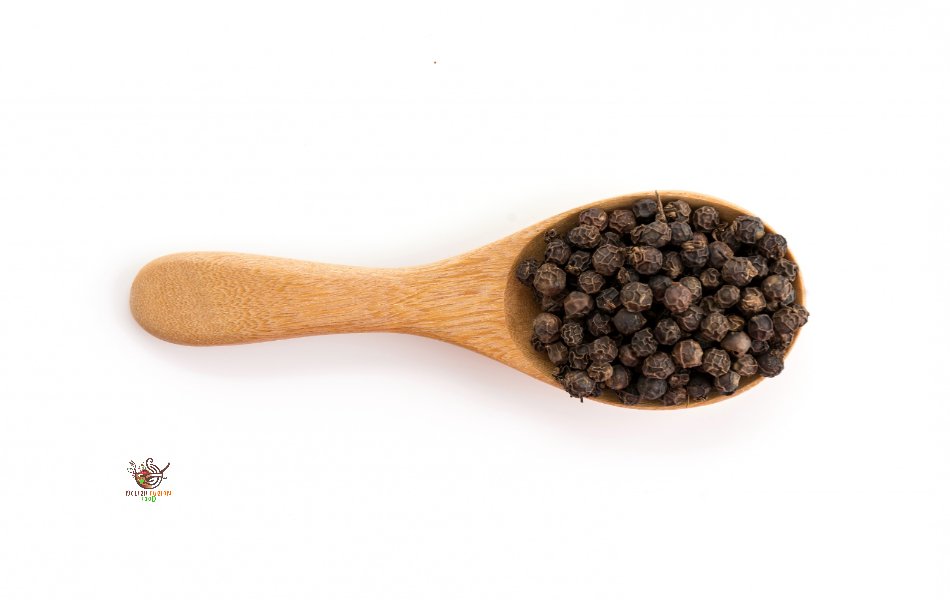
Black pepper can serve as a substitute for white pepper in various cuisines. You can grind it into powder or use it whole, like white pepper. However, remember that black pepper will introduce black specks to your dish, changing its appearance. Also, the strong flavor of black pepper might not suit dishes that depend on the subtlety of white pepper, such as fondue. As a rough guide, you can replace 1 teaspoon of white pepper with 1/2 teaspoon of black pepper, adjusting to taste.
2. Pink Peppercorns
Pink peppercorns, dried berries with a mild, peppery flavor similar to white peppercorns, offer a less intense aroma. Despite their vibrant color, they blend seamlessly, making any color difference in dishes hardly noticeable. With similar flavor and spice levels, pink peppercorns can substitute white pepper in various cuisines.
Their mild, spicy flavor makes pink peppercorns suitable for fish recipes, dishes with vinegar or wine, and even as a garnish for a subtle kick. Unlike black peppercorns, they won’t alter the dish’s appearance.
As a rule of thumb, you can replace 1 teaspoon of white pepper with 1 teaspoon of pink peppercorns.
3. Green Pepper
Green peppercorns also referred to as green pepper, offer a fresh, herbaceous flavor with a hint of fruitiness and a milder heat than black or white peppercorns. Their softer outer shell provides a less crunchy texture when used whole or crushed.
Harvested before maturity, green peppercorns boast a distinctive flavor profile and texture. Use as a 1:1 substitute for white pepper.
Ideal for light-colored dishes, pickles, pâtés, and terrines, green peppercorns can impart a unique twist with their vibrant flavor.
4. Cayenne Pepper
Cayenne pepper, a ground chili powder with a vibrant red hue, hails from the Capsicum family. It boasts a sharp, pungent flavor and packs a much greater heat level than white pepper.
When substituting cayenne for white pepper, begin with a smaller quantity, typically around ¼ to ½ the amount of white pepper required, and adjust to your preferred taste.
Ideal for soups, stews, and sauces, cayenne pepper adds a distinctive kick. However, exercise caution with the quantity, as its intense heat can quickly overpower a dish.
5. Green Chiles
An unexpected alternative to white pepper powder is green chiles. These peppers offer a remarkably similar flavor profile, making them an excellent substitute.
Another advantage of using green chiles instead of white pepper is their versatility. They are available in many forms, including fresh, canned, and frozen. Unlike white pepper, you won’t have to worry about running out of green chiles, as they are typically more readily available.
6. Ground Ginger
Ground ginger, with its mild flavor and pale color, seamlessly blends into dishes, much like white pepper. It’s a common ingredient in Thai cuisine, where its unique flavor complements other traditional flavors. Additionally, it enhances the taste of creamy sauces, soups, and stews.
As a substitute for white pepper, ground ginger adds a delightful aroma and gentle heat without overpowering the dish or changing its appearance. Remember, a little ground ginger can go a long way, so start with a small amount and adjust to taste. Before using it in your recipe, it’s wise to smell or taste the ground ginger to ensure it complements the other ingredients.
You can typically replace 1 teaspoon of white pepper with 1/2 teaspoon of ground ginger, though feel free to add more if desired.
7. Ground Mustard
Ground mustard is an unexpected substitute for white pepper because it shares a similar tangy fragrance. With its bright yellow color and sharp flavor, ground mustard offers a mild spiciness like white pepper. It works well in light-colored sauces, though it’s best added earlier in cooking to release its full flavor potential.
8. Turmeric Powder
Turmeric powder can be used as a substitute for ground white pepper but with some considerations. Often found in dishes like curry and Thai sauces, turmeric has a strong aroma and distinctive color that can dominate if not used carefully. However, its flavor can replace white pepper, depending on the dish you’re preparing.
9. Paprika
Paprika is like white pepper and is a chili pepper-based substitute that adds heat to dishes. It’s made from various types of red peppers and comes in different spice levels.
While spicy and with a red tint that alters appearance, paprika can replace white pepper, particularly in dishes where it acts as a garnish or seasoning. It adds both flavor and heat when used as a substitute.
Ensure you select the right spiciness level for your dish when choosing paprika. Although its red coloring may impact the visual outcome, it is a good substitute for white pepper powder.
10. Ground Cumin
Ground cumin, though unexpected, can substitute for white pepper with its somewhat mild flavor. Begin with half a teaspoon of cumin for every teaspoon of white pepper in your recipe, adjusting to taste. You might consider adding a bit more salt to enhance the cumin flavor. Keep in mind that the darker color of cumin may affect the appearance of your dish.
11. Garlic Pepper
Garlic pepper, a mix of ground garlic and black pepper, provides a hearty, savory flavor with a hint of heat. While its taste differs from white pepper, it can be a substitute in recipes that welcome both garlicky and peppery notes.
Begin with an equal amount and adjust as needed when using garlic pepper as a substitute for white pepper. It works well in meat, poultry, seafood, vegetable, and pasta dishes. Note that the addition of garlic pepper will introduce a more pronounced garlic flavor, modifying the original taste of the recipe.
White Pepper vs. Black Pepper
White and black peppers differ mainly in how they’re harvested and processed. Black pepper comes from unripe berries dried directly, while white pepper comes from fully ripened berries that are soaked and fermented after harvesting.
White pepper has a milder taste because its skin is removed after fermentation, reducing its spiciness compared to black pepper. It’s used in dishes where the appearance of black pepper flakes would affect the dish’s look, like creamy white sauces.
Now, when you encounter recipes calling for white pepper, you’ll understand its unique characteristics compared to other types of pepper.
See Also – No Garlic Pepper? Substitutes to Enhance Your Dishes
Conclusion
This guide to 11 white pepper substitutes, including ground cumin, green peppercorns, and paprika, can boost your kitchen confidence when white pepper is unavailable. Just remember to consider how these substitutes might affect your dish’s flavor, spiciness, or color.

